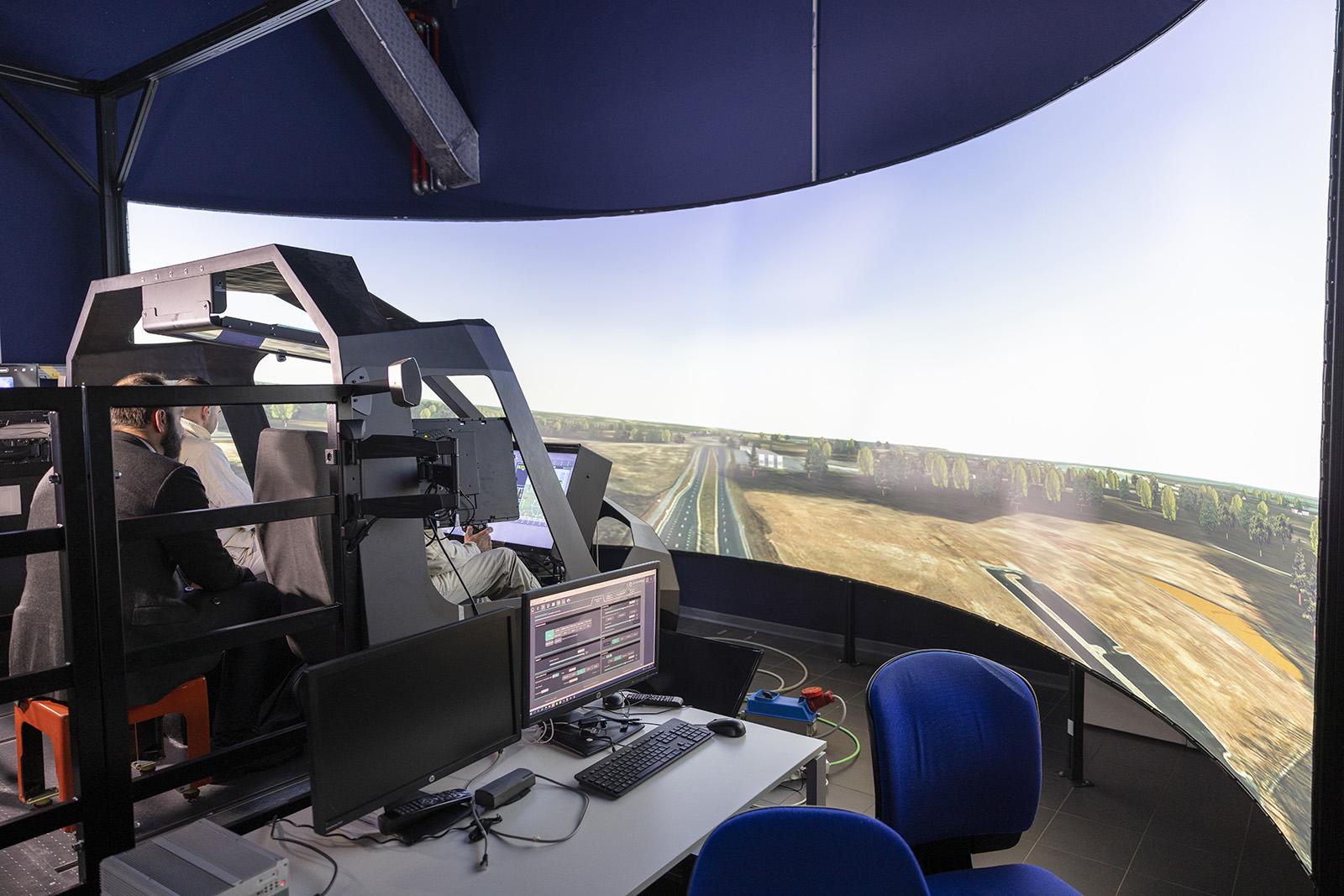
Leonardo Helicopter’s Development Simulation Laboratory has been developing its capabilities since 2020.
Credit: Leonardo Helicopters
ATLANTA—Leonardo Helicopters is expanding its use of simulation to help accelerate the development of new capabilities, mission sets and rotorcraft concepts. The efforts are linked to Leonardo’s wider digitalization efforts across its business areas, which are enabling the company’s engineers to...
Subscription Required
This content requires a subscription to one of the Aviation Week Intelligence Network (AWIN) bundles.
Schedule a demo today to find out how you can access this content and similar content related to your area of the global aviation industry.
Already an AWIN subscriber? Login
Did you know? Aviation Week has won top honors multiple times in the Jesse H. Neal National Business Journalism Awards, the business-to-business media equivalent of the Pulitzer Prizes.
